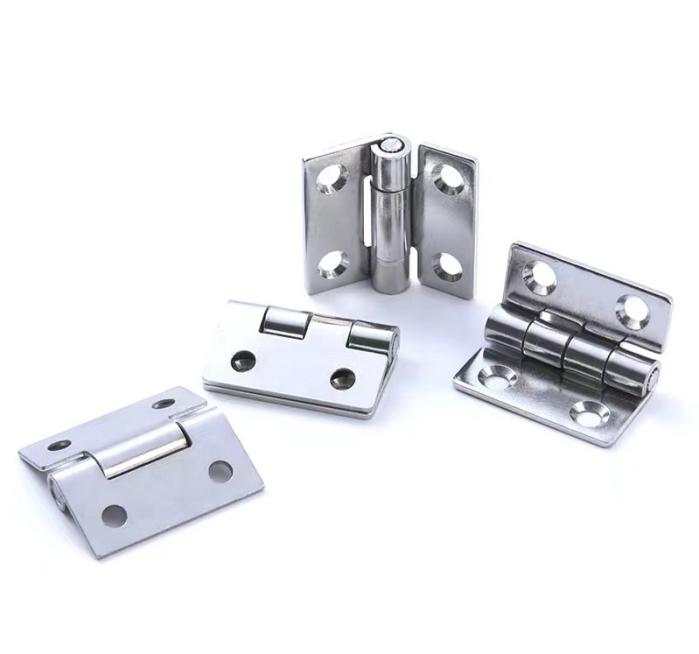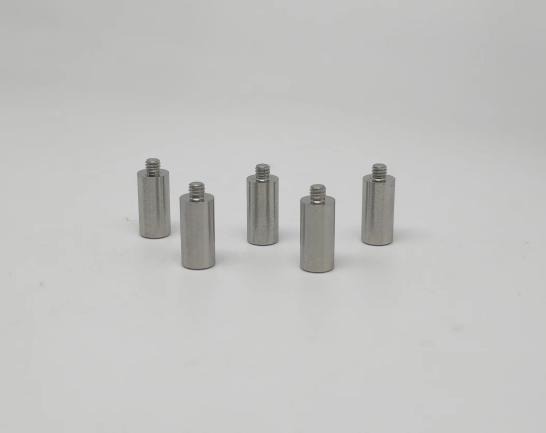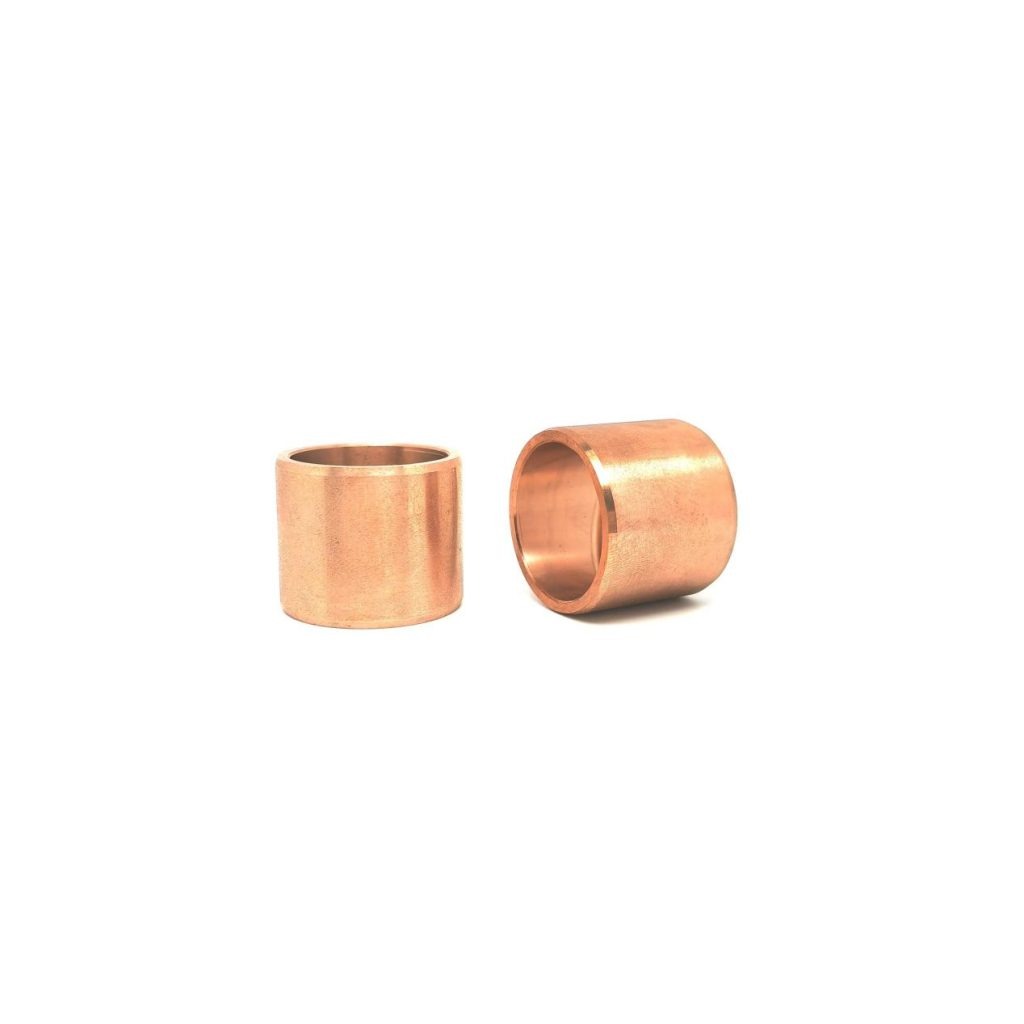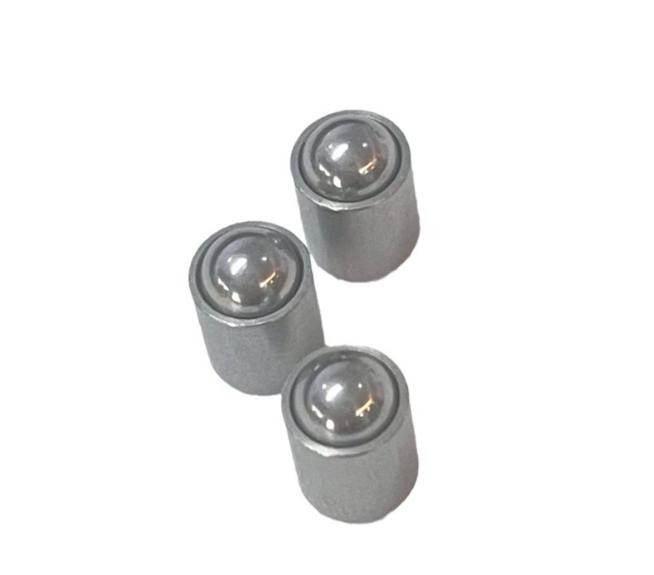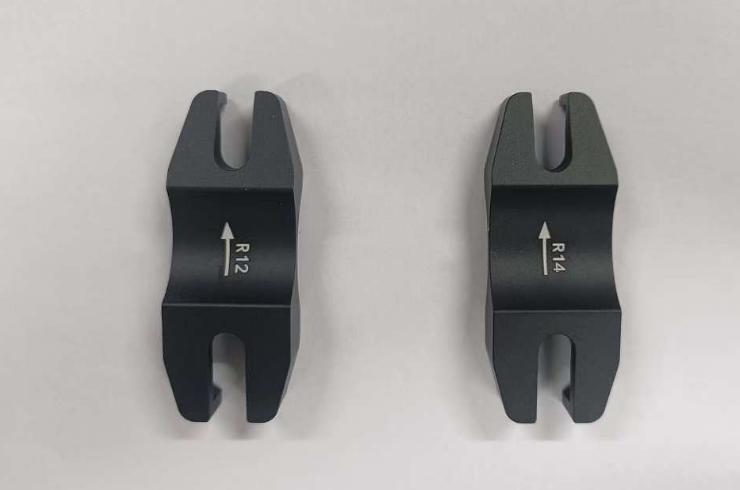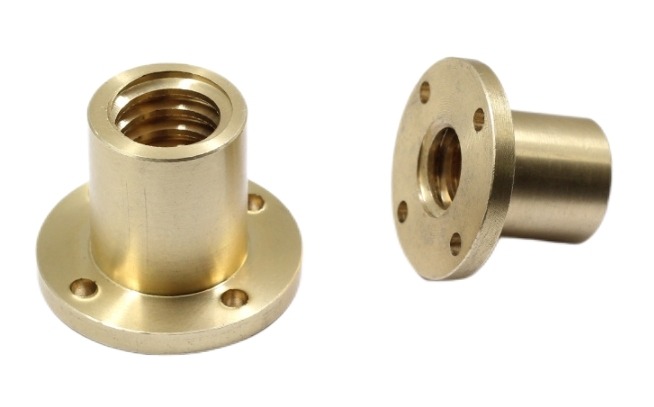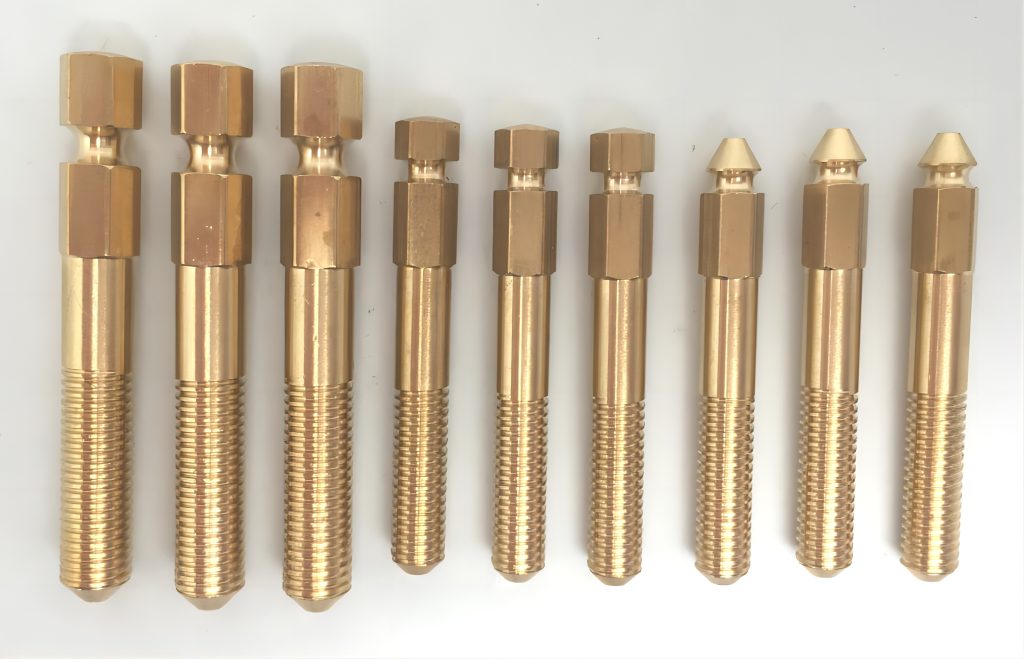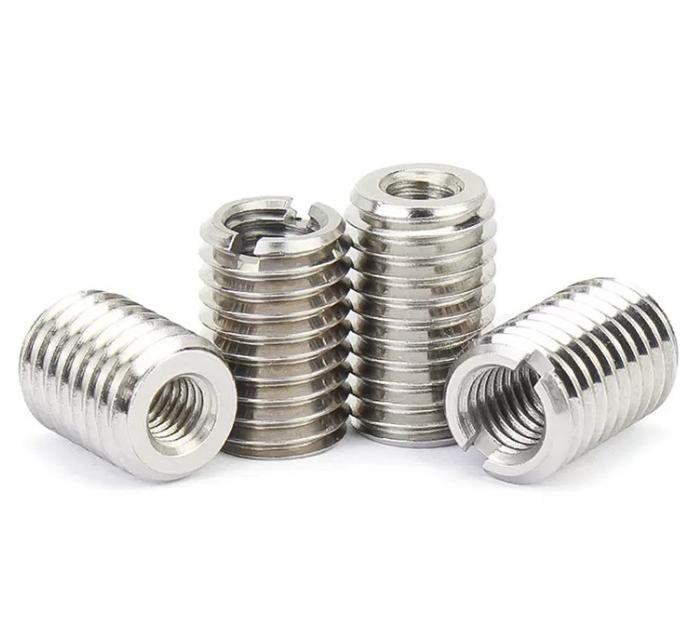CNC Cabinet Hinge: What are the Types and How They are Manufactured?
Cabinet hinges might seem like small, inconspicuous components of furniture, but they play a crucial role in the functionality and aesthetics of cabinets. Among the myriad of hinge options available, CNC (Computer Numerical Control) manufactured hinges stand out for their precision, durability, and versatility. In this article, we delve into the world of CNC cabinet hinges, exploring their various types and the manufacturing processes behind them.
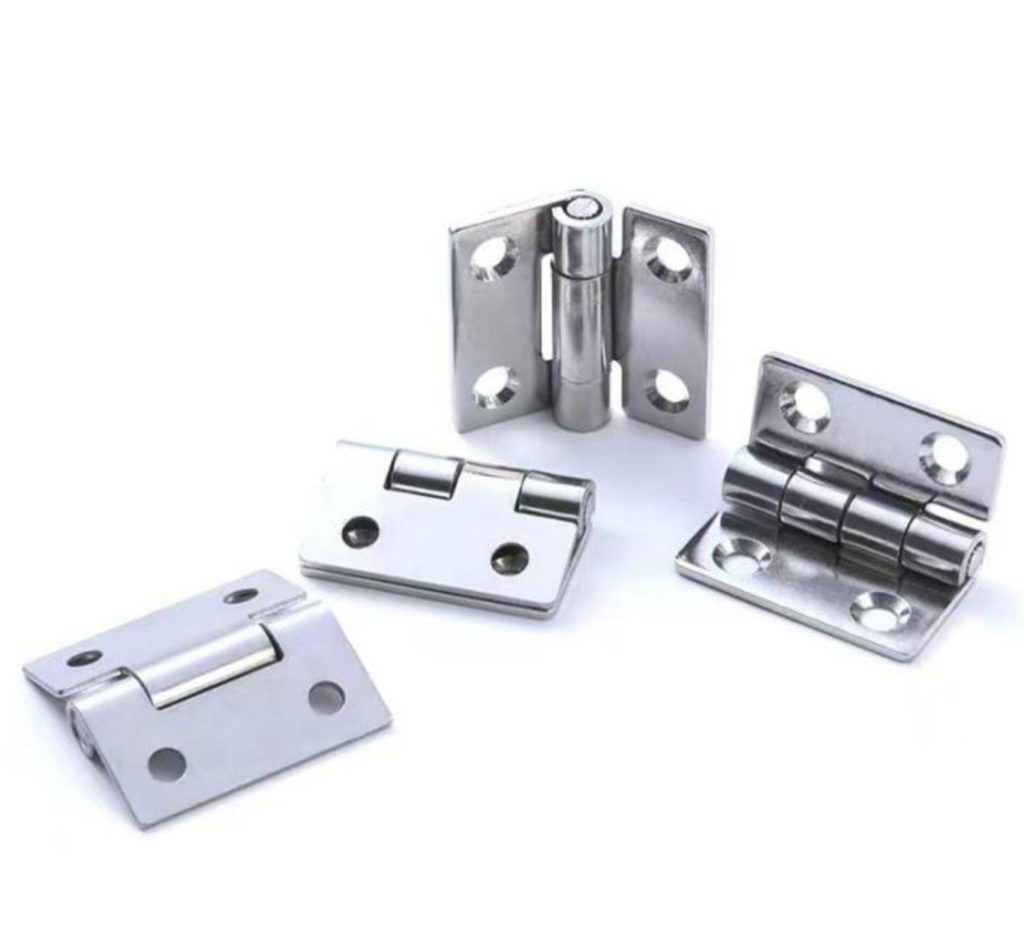
Understanding CNC Cabinet Hinges Types
CNC cabinet hinges are crafted using advanced manufacturing techniques that involve computer-controlled machinery. These hinges come in various designs, each tailored to suit different cabinet styles, functionalities, and aesthetic preferences. The key types of CNC cabinet hinges include:
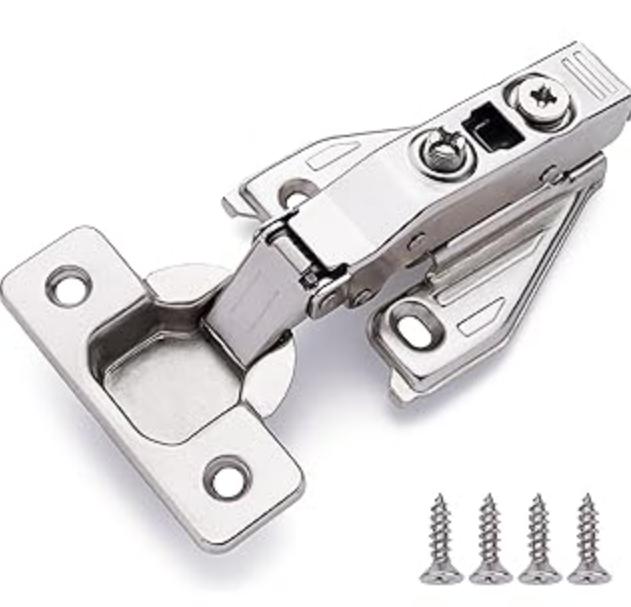
- Concealed Hinges: Also known as European hinges, concealed hinges are popular for their sleek appearance and seamless integration. These hinges are installed on the interior of the cabinet door, offering a clean look with no visible hardware when the door is closed. They typically feature adjustable mechanisms for precise alignment and smooth operation.
- Overlay Hinges: Overlay hinges are designed to mount on the cabinet frame with the hinge visible when the door is closed. They are suitable for cabinets with doors that completely cover the cabinet frame, known as full overlay cabinets. Overlay hinges come in various configurations to accommodate different overlay sizes and door thicknesses.
- Inset Hinges: Inset hinges are installed within the cabinet frame, allowing the door to sit flush with the cabinet surface when closed. These hinges are ideal for cabinets with inset doors, where the door is set into the cabinet opening. Inset hinges provide a clean, traditional look and are often used in high-end cabinetry.
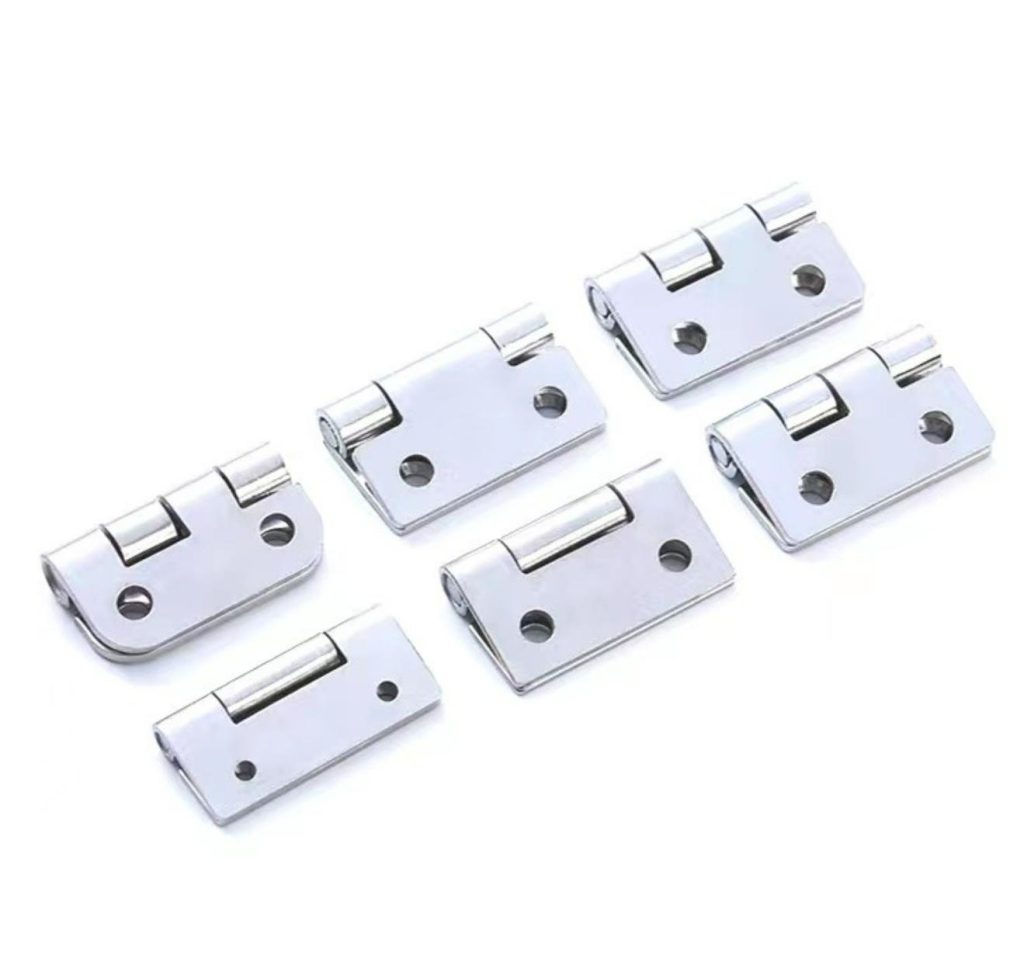
- Self-Closing Hinges: Self-closing hinges feature a mechanism that automatically pulls the cabinet door closed when it’s pushed to a certain point. These hinges are convenient for ensuring that cabinet doors remain shut securely, minimizing the risk of accidentally leaving them open. They are commonly used in kitchens and other high-traffic areas.
Manufacturing Processes of CNC Cabinet Hinges
The manufacturing of CNC cabinet hinges involves several precise steps to ensure quality, durability, and consistency. Here’s an overview of the typical manufacturing processes:
- Design and Programming: The process begins with designing the hinge using computer-aided design (CAD) software. Once the design is finalized, the specifications are translated into machine-readable instructions using CAM (Computer-Aided Manufacturing) software. These instructions dictate the movements of the CNC machines during the manufacturing process.
- Material Selection: CNC hinges are typically crafted from durable materials such as steel, stainless steel, or brass. The selection of material depends on factors such as the desired strength, corrosion resistance, and aesthetic appeal of the hinge.
- Precision Machining: CNC machining centers equipped with specialized tooling are used to precisely cut, shape, and drill the hinge components from raw material stock. The CNC machines follow the programmed instructions to ensure accuracy and consistency in every detail of the hinge.
- Surface Finishing: After machining, the hinge components may undergo surface finishing processes such as polishing, plating, or powder coating to enhance their appearance and durability. Surface finishing also helps protect the hinges from corrosion and wear over time.
- Assembly: Once the individual components are manufactured and finished, they are assembled into complete hinges. This may involve attaching pins, springs, or other moving parts as required by the hinge design.
- Quality Control: Throughout the manufacturing process, rigorous quality control measures are implemented to ensure that each hinge meets the specified standards for dimensions, functionality, and appearance. This may include visual inspections, dimensional measurements, and functional testing of the hinges.
By employing CNC technology in the manufacturing of cabinet hinges, manufacturers can achieve unparalleled precision, consistency, and efficiency in producing high-quality hardware for residential and commercial applications. Whether it’s a sleek concealed hinge for modern cabinetry or a classic inset hinge for traditional furniture, CNC cabinet hinges offer reliability and performance that meet the demands of today’s discerning customers.
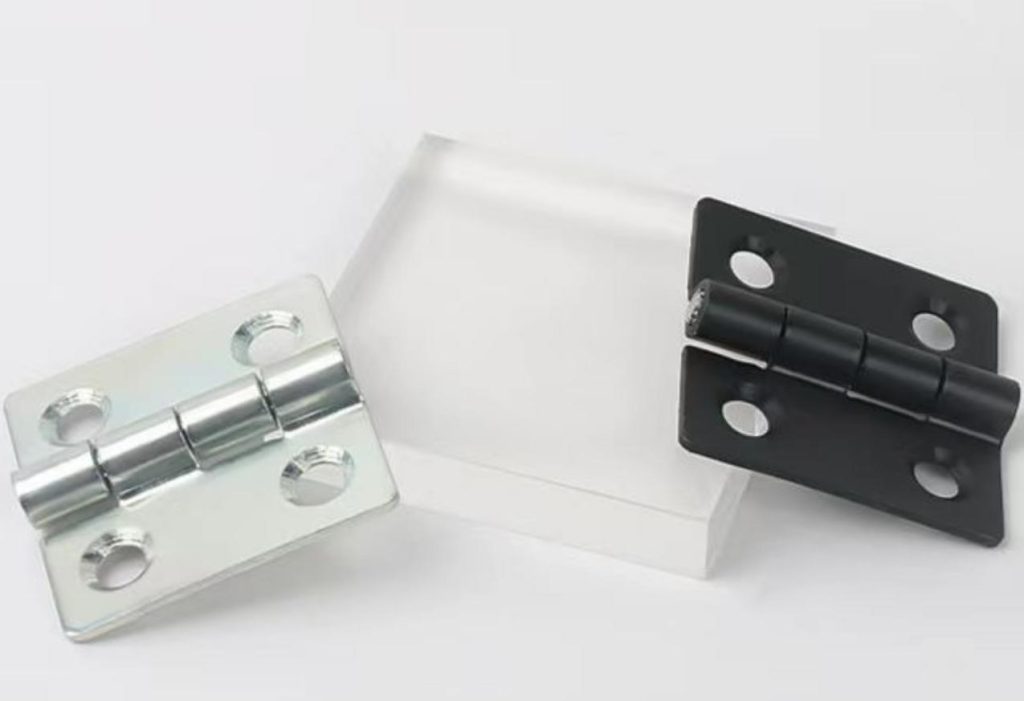
Conclusion
In conclusion, CNC cabinet hinges come in various types, each offering unique features and benefits to suit different cabinet styles and requirements. The advanced manufacturing processes involved in producing CNC hinges ensure precision, durability, and consistency in every hinge, making them a popular choice for furniture makers, designers, and homeowners alike. If you are looking for a cabinet hinge manufacturer, please feel free to contact KENENG.

